The Xiaomi Mi 11 Lite 5G is near the bottom of the company’s Mi range of phones (above the baseline Mi 11 Lite, which doesn’t have 5G connectivity). It features a 6.55-inch 90 Hz AMOLED display with HDR10+ support, and is based on Qualcomm’s Snapdragon 780G chipset, backed by 8 GB of memory and up to 128 GB of storage. There are three cameras on the back: primary, ultra-wide, and macro modules. It’s the same configuration as the phone’s big sibling, the Mi 11, but different sensors in the modules make for a different performance profile.
Read on to find out how the Xiaomi Mi 11 Lite 5G performs in our DXOMARK Camera tests.
Key camera specifications:
- Primary: 64 MP sensor with f/1.79 lens
- Ultra-wide: 8 MP sensor, 119° field of view
- Macro: 5 MP sensor
- LED flash
- 4K at 30 fps (tested), 1080p at 60/30 fps, 720p at 30 fps
About DXOMARK Camera tests: For scoring and analysis in our smartphone camera reviews, DXOMARK engineers capture and evaluate over 3000 test images and more than 2.5 hours of video both in controlled lab environments and in natural indoor and outdoor scenes, using the camera’s default settings. This article is designed to highlight the most important results of our testing. For more information about the DXOMARK Camera test protocol, click here. More details on how we score smartphone cameras are available here.
Test summary
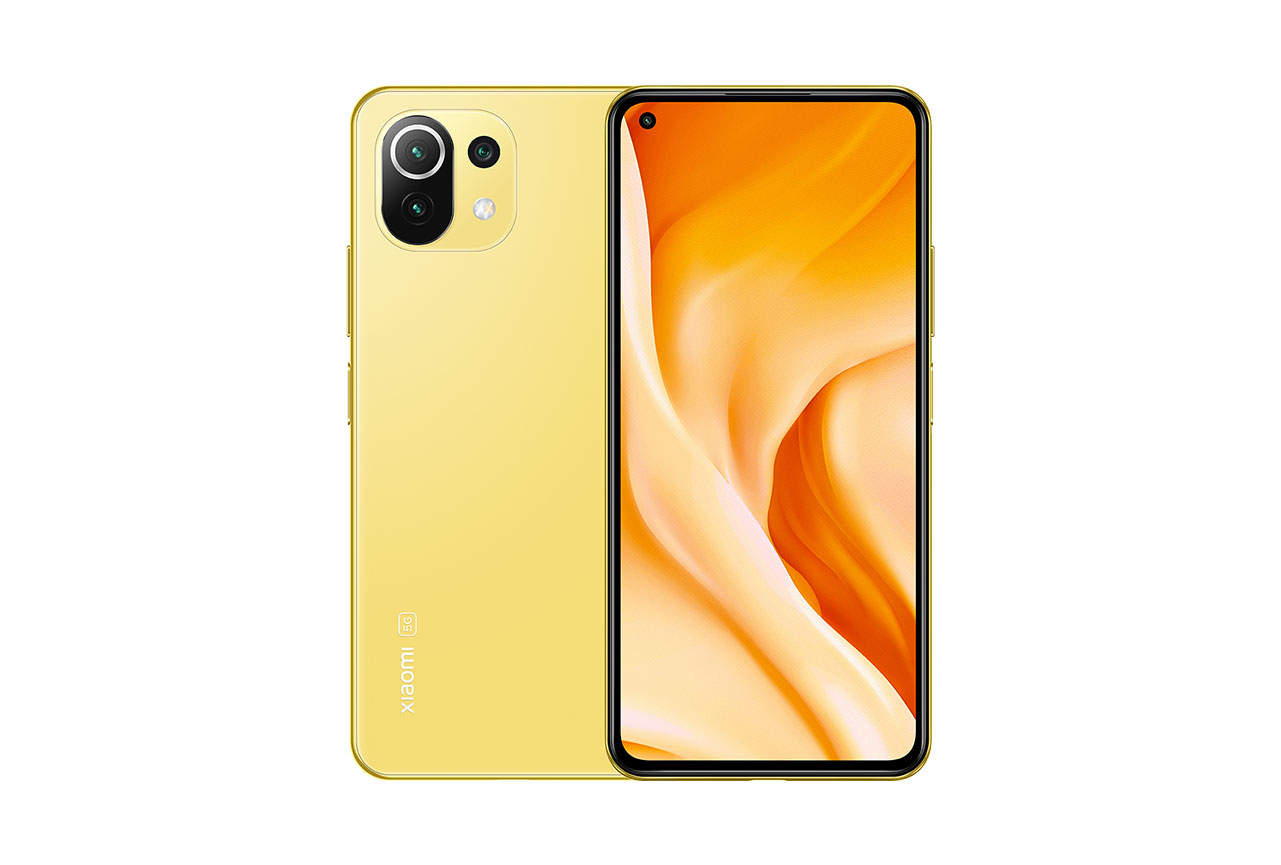
Xiaomi Mi 11 Lite 5G


Pros
- Accurate exposure on faces outdoors and indoors, even in backlit scenes
- Noise generally well controlled down to low light
- Skin tones generally pleasant
- Preview exposure for portraits fairly accurate, even in challenging HDR scenes
- Video detail high
- Video exposure usually accurate
- Video stabilization effective
Cons
- Exposure instabilities
- White balance casts outdoors
- Frequent autofocus failures
- Fine detail often lost
- Exposure instabilities and HDR fusion artifacts in ultra-wide shots
- Low detail when zooming in
- Underexposure in night portraits with flash-auto mode
- Video noise often visible, high in low light and on moving objects
With an overall score of 111, the Xiaomi Mi 11 Lite 5G lands fairly low in our general rankings, but looks much better when compared to phones in its class, tying the top phone in the Advanced segment, the Google Pixel 4a.
Its Photo score of 118 misses the top score in the Advanced segment (held by the Pixel 4a, with 122) but is still respectable. The main camera can produce accurately exposed photos, but exposure tends to vary from shot to shot, including differences in how well highlights are preserved. A color cast is also usually present in outdoor shots, though skin tones are generally pleasant. Noise is well controlled, though this comes at the expense of fine detail. Autofocus leaves room for improvement.
The Zoom composite score of 48 is quite good for the Advanced segment. Like most other phones at this price point, the Mi 11 Lite 5G doesn’t have a dedicated tele module, and image quality drops sharply when zooming in. But wide performance ties the category leader, the Xiaomi Redmi Note 10 Pro.
The video score of 101 is also solid for the category, bolstered by strong detail and effective stabilization. The Mi 11 Lite 5G is surpassed in this category so far by only Apple’s iPhone SE 2020 (105), but there are compromises at this price point, including autofocus issues and high noise levels.
The Xiaomi Mi 11 Lite 5G is competitive within its category, and though weaknesses are certainly present, they are mostly reasonable compromises given the phone’s price.
Below you can find detailed analyses and image samples for all Photo, Zoom, and Video sub-attributes, along with comparisons with two of the Xiaomi Mi 11 Lite 5G’s competitors, the Google Pixel 4a and the Samsung Galaxy A52 5G.
Photo
The Xiaomi Mi 11 Lite 5G achieves a Photo score of 118. In this section, we take a closer look at each sub-attribute and compare image quality against competitors.

Exposure and Contrast
Xiaomi Mi 11 Lite 5G
83
111
In these tests we analyze target exposure, contrast, and dynamic range, including repeatability across a series of images. Tests are undertaken in a wide range of light conditions, including backlit scenes and low light down to 1 lux. The score is derived from a number of objective measurements in the lab and perceptual analysis of real-life images.
These samples show the Xiaomi Mi 11 Lite 5G’s exposure variation over consecutive shots.

Color
Xiaomi Mi 11 Lite 5G
97
107
In these tests we analyze color rendering, skin tones, white balance, and color shading, including repeatability across a series of images. The score is derived from a number of objective measurements in the lab and perceptual analysis of real-life images.
These samples show the Xiaomi Mi 11 Lite 5G’s color performance in bright light.

Autofocus
Xiaomi Mi 11 Lite 5G
85
109
In these tests we analyze autofocus accuracy and shooting time, including repeatability, in the lab. We test focus failures, depth of field, and tracking of moving subjects using perceptual analysis of real-life images.
These samples show the autofocus performance of the Xiaomi Mi 11 Lite 5G.

Texture
Xiaomi Mi 11 Lite 5G
88
111
In these tests we analyze texture on faces and objects, including objects in motion, in a range of light conditions, using several lab test setups and perceptual analysis of real-life images.
This graph shows the Xiaomi Mi 11 Lite 5G’s index quality of texture in the lab.

Noise
Xiaomi Mi 11 Lite 5G
78
102
In these tests we analyze noise on faces and objects, including objects in motion, in a range of light conditions, using several lab test setups and perceptual analysis of real-life images.
These samples show the Xiaomi Mi 11 Lite 5G’s noise performance in outdoor light.

Bokeh
Xiaomi Mi 11 Lite 5G
55
80
For these tests we switch to the camera’s bokeh or portrait mode and analyze depth estimation, bokeh shape, blur gradient, and repeatability, as well as all other general image quality attributes mentioned above. The score is derived from perceptual analysis of real-life images.
These samples show the Xiaomi Mi 11 Lite 5G’s bokeh simulation outdoors.

Night
Xiaomi Mi 11 Lite 5G
36
82
In these tests we shoot a selection of images in pitch-black darkness as well as with city lights in the background providing some illumination. We shoot sample images with the camera at default settings in both flash-auto and flash-off modes. We analyze all image quality attributes but we pay particular attention to exposure, autofocus, and color. We do not test night modes that have to be activated manually.
These samples show the Xiaomi Mi 11 Lite 5G’s night performance in flash-auto mode.

Artifacts
Xiaomi Mi 11 Lite 5G
70
77
In these tests we check images for optical artifacts such as vignetting, flare, lens softness in the corner, distortion, and chromatic aberrations, as well as for processing artifacts such as ghosting and fusion errors, hue shift, and ringing.
These samples shows artifacts in the Xiaomi Mi 11 Lite 5G’s photos compared to competitors.
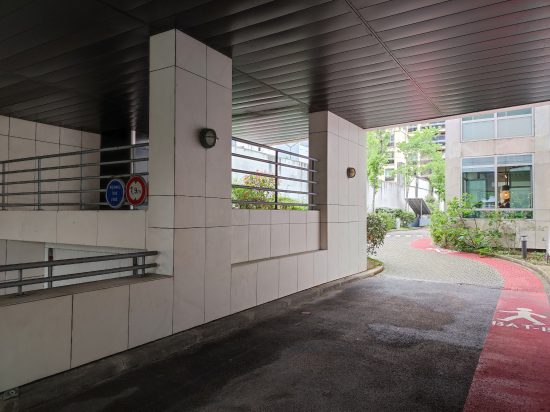

Preview
Xiaomi Mi 11 Lite 5G
61
80
In these tests we analyze the quality of the preview image and the differences between preview images and captured images, particularly in terms of exposure, dynamic range, and bokeh effect. We also check the smoothness of the field-of-view changes in the preview image when zooming with both buttons or when using the pinch-zoom gesture.
This graph shows the average face exposure on the preview image.
This graph shows the difference between capture and preview for face exposure.
Zoom
The Xiaomi Mi 11 Lite 5G achieves a Zoom score of 48. The Zoom score includes the tele and wide sub-scores. In this section, we take a closer look at how these sub-scores were achieved and compare zoom image quality against competitors.

Wide
Xiaomi Mi 11 Lite 5G
36
58
In these tests we analyze the performance of the ultra-wide camera at several focal lengths from 12 to 20 mm. We look at all image quality attributes, but we pay particular attention to such artifacts as chromatic aberrations, lens softness, and distortion.
These samples show the performance of the Xiaomi Mi 11 Lite 5G’s ultra-wide camera.

Tele
Xiaomi Mi 11 Lite 5G
56
140
In these tests we analyze all image quality attributes at focal lengths from approximately 40 to 300 mm, paying particular attention to texture and detail. The score is derived from a number of objective measurements in the lab and perceptual analysis of real-life images.
These samples show the Xiaomi Mi 11 Lite 5G’s tele performance in the lab.
Video
The Xiaomi Mi 11 Lite 5G achieves a Video score of 101. A device’s overall Video score is derived from its performance and results across a range of attributes in the same way as the Photo score. In this section, we take a closer look at these sub-scores and compare video quality against competitors.
In our Video tests we analyze the same image quality attributes as for still images, such as white balance and color rendering, but we also include such temporal aspects as speed, smoothness and stability of exposure, and autofocus.
NOTE: The sample video clips in this section are best viewed at 4K resolution.

Exposure and Contrast
Xiaomi Mi 11 Lite 5G
85
118
These sample clips show the Xiaomi Mi 11 Lite 5G’s video exposure characteristics in indoor conditions.

Color
Xiaomi Mi 11 Lite 5G
93
107
These sample clips show the Xiaomi Mi 11 Lite 5G’s video color in outdoor light compared to the competition.

Autofocus
Xiaomi Mi 11 Lite 5G
70
109
These sample clips show the Xiaomi Mi 11 Lite 5G’s video autofocus performance.

Texture
Xiaomi Mi 11 Lite 5G
85
99
This graph shows the Xiaomi Mi 11 Lite 5G’s video texture performance in the lab.

Noise
Xiaomi Mi 11 Lite 5G
72
105
These video stills show the Xiaomi Mi 11 Lite 5G’s video noise levels in low light.

Artifacts
Xiaomi Mi 11 Lite 5G
78
85
For video artifacts, we check for the same kinds of artifacts mentioned in the Photo section, along with such video-specific artifacts as frame rate variation in different light conditions, judder effect, and moving artifacts (artifacts such as aliasing, color quantization, and flare can often be more intrusive when moving than in a still image).
This graph shows the Xiaomi Mi 11 Lite 5G’s video exposure time under different lighting conditions, which is related to judder artifacts.

Stabilization
Xiaomi Mi 11 Lite 5G
96
103
In these tests we analyze residual motion when handholding the camera during recording, as well as when walking and running with the camera. We also look for stabilization artifacts such as jello effect, sharpness differences between frames, and frame shift (abrupt changes of framing).
These sample clips show the Xiaomi Mi 11 Lite 5G’s video stabilization.


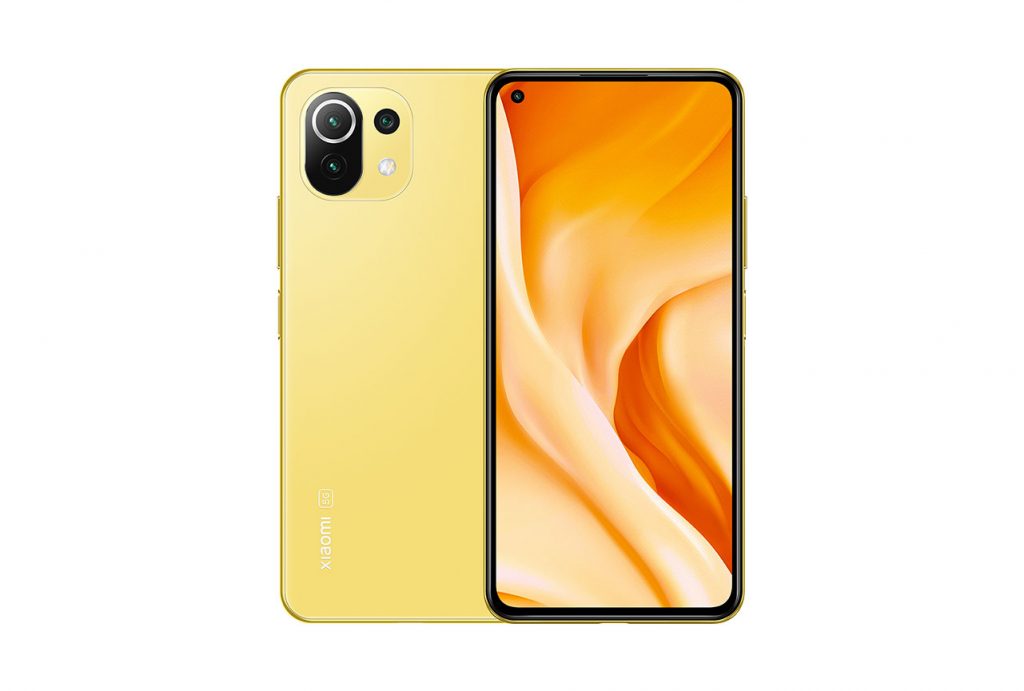









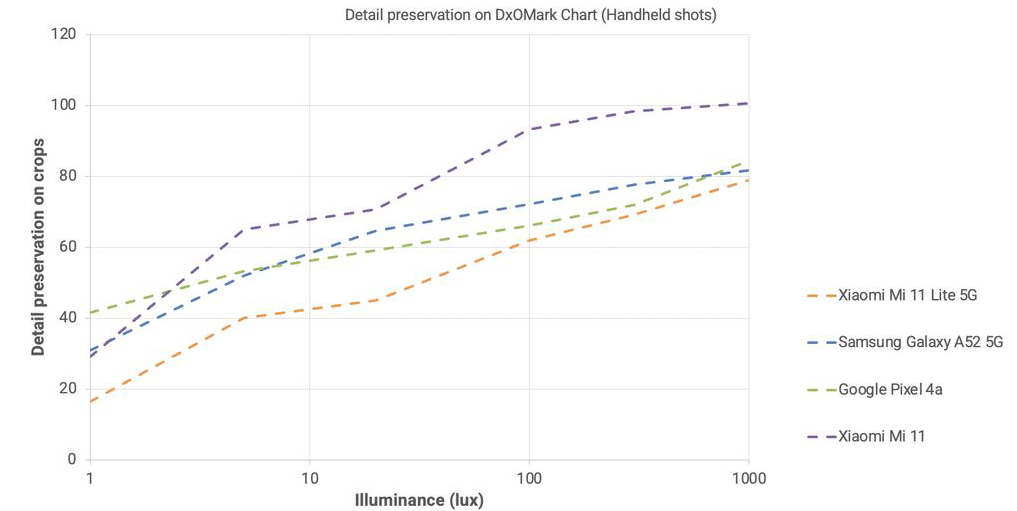
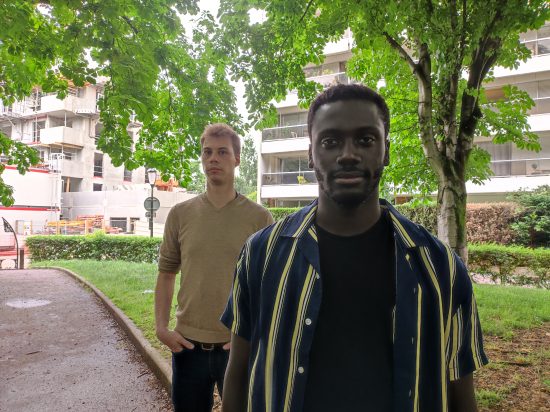
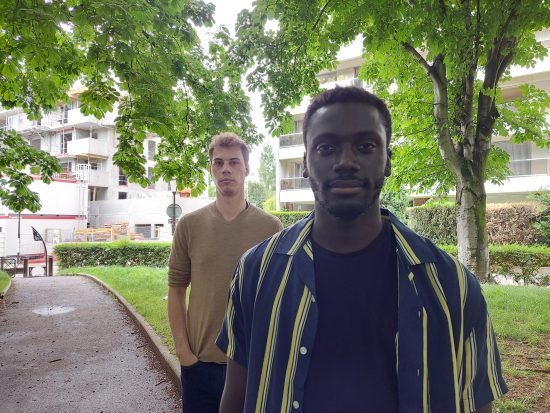


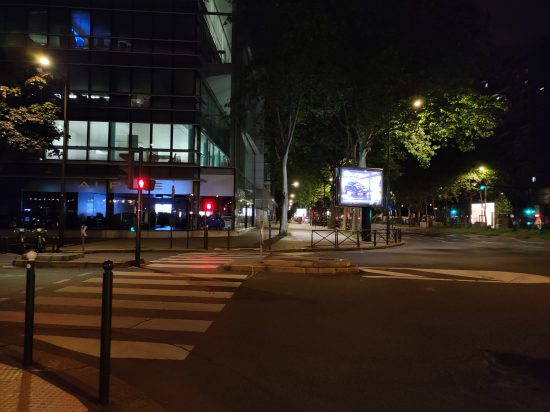


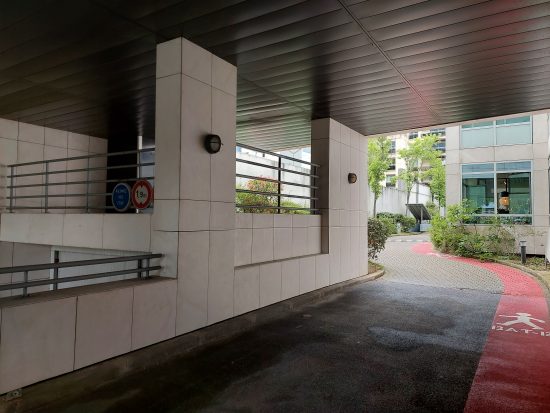
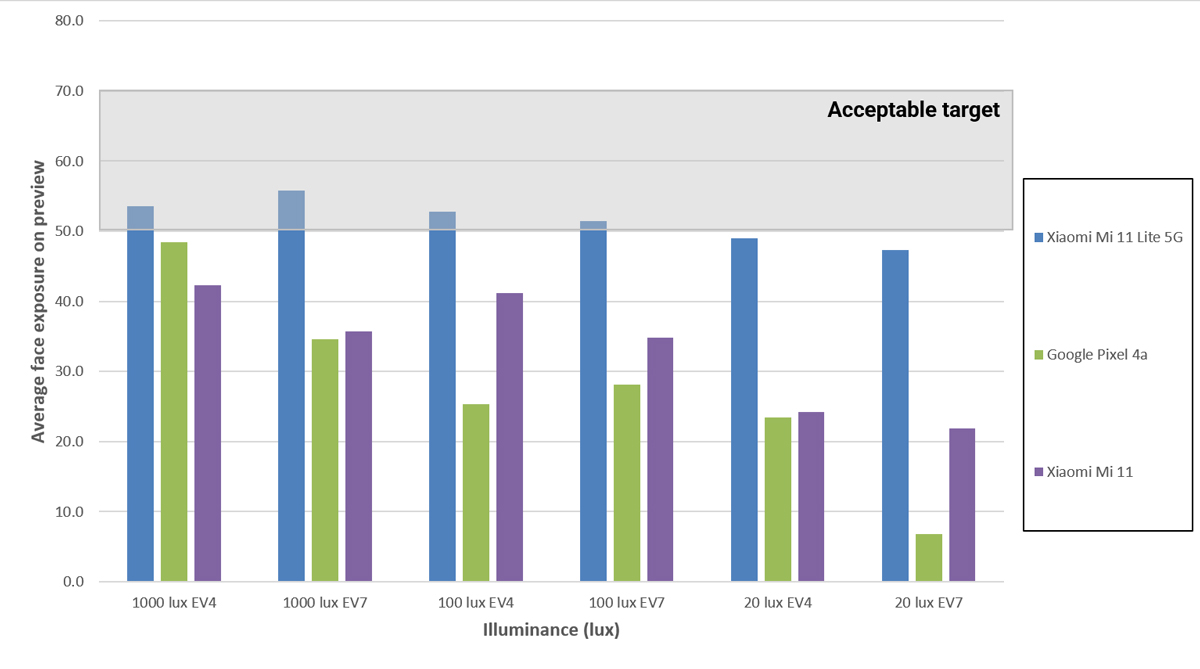





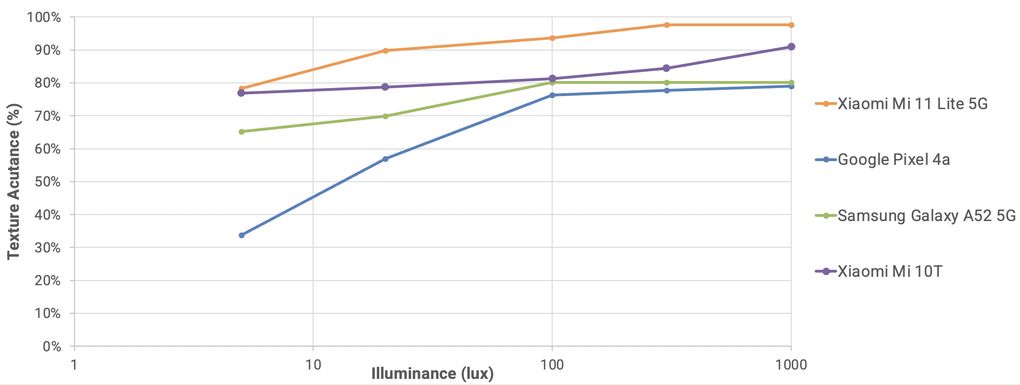
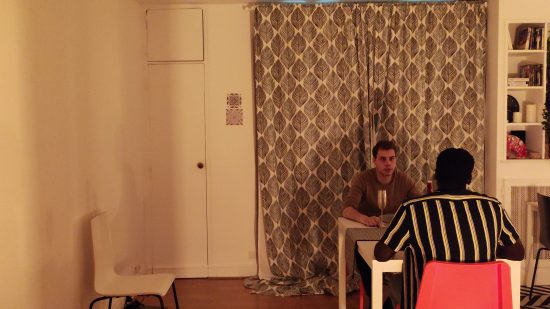
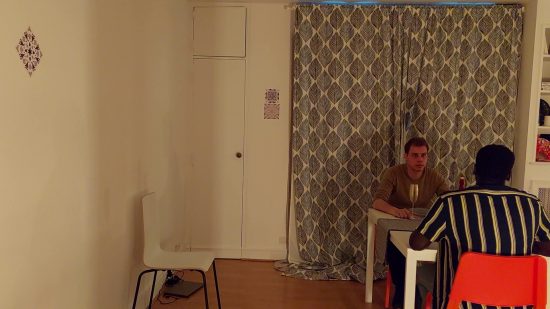

DXOMARK encourages its readers to share comments on the articles. To read or post comments, Disqus cookies are required. Change your Cookies Preferences and read more about our Comment Policy.